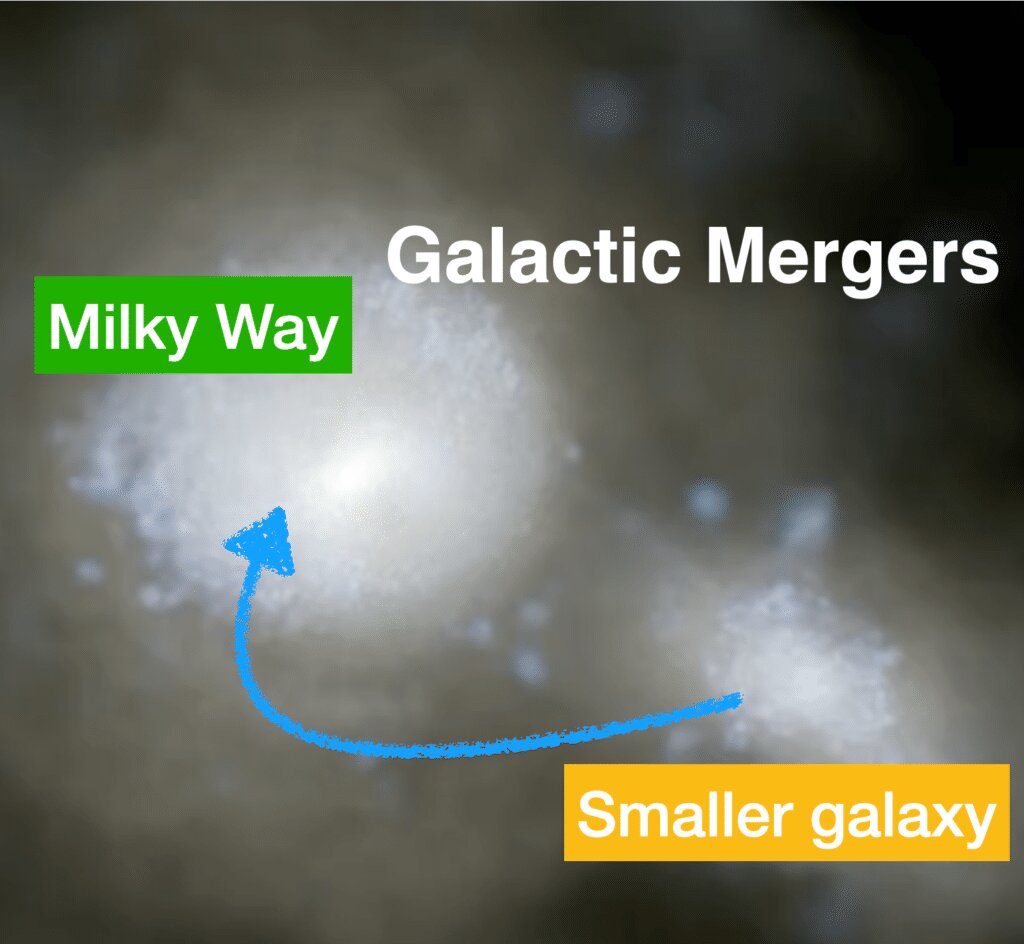
Our galaxy is a giant ‘smoothie’ of blended stars and gas but a new study tells us where the components came from. In its early days, the Milky Way was like a giant smoothie, as if galaxies consisting of billions of stars, and an enormous amount of gas had been thrown together into a gigantic blender. But a new study picks apart this mixture by analysing individual stars to identify which originated inside the galaxy and which began life outside.
“Although the Milky Way is our home galaxy, we still do not understand how it formed and evolved,” says researcher Sven Buder from the ARC Centre of Excellence for All Sky Astrophysics in 3 Dimensions (ASTRO 3D) and the Au...
Read More








Recent Comments